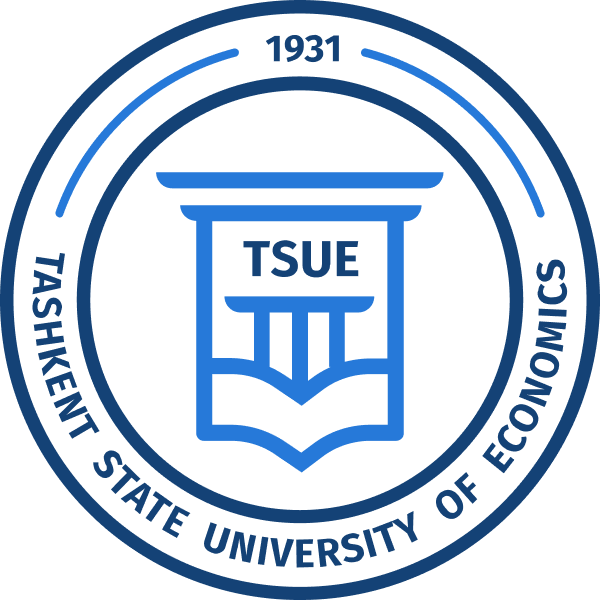Abstrak
Мақолада аҳолининг турмуш фаровонлиги ва уни таъминлаш орқали ижтимоий ҳимоянинг ўзига хос хусусиятлари таҳлил этилган. Аҳолининг кам таъминланган қатлами шаклланишига таъсир этувчи омиллар тизимлаштирилган. Хорижий олимларнинг қарашлари ва илмий хулосалари тизимлаштирилган. Тадқиқотлар асосида таъсир этувчи омилларни барқарорлаштириш юзасидан илмий таклиф ва хулосалар ишлаб чиқилган
Bibliografik manbalar
Жаҳон банки маълумотлари. https://data.worldbank.org/indicator/NY.GDP.PCAP.CD
Dalton, H. (1920). The Measurement of the Inequality of Incomes. The Economic Journal, 30(119), 348. doi:10.2307/2223525
Atkinson, A.B. (1970). On the measurement of inequality. Journal of Economic Theory, 2(3), 244-263. doi:10.1016/0022-0531(70)90039-6
Aigner, D.J., & Heins, A.J. (1967). A social welfare view of the measurement of income equality. Review of Income and Wealth, 13(1), 12-25. doi:10.1111/j.1475-4991.1967.tb00732.x
John Broome. The welfare economics of population, Oxford Economic Papers, Volume 48, Issue 2, April 1996, pages 177-193. https://doi.org/10.1093/oxfordjournals.oep.a028564
Anand, S., & Harris, C.J. (1994). Choosing a Welfare Indicator. The American Economic Review, 84(2), 226-231. http://www.jstor.org/stable/2117834
Rank, M.R., & Hirschl, T.A. (1993). The Link Between Population Density and Welfare Participation. Demography, 30(4), 607. doi:10.2307/2061809
Хошимов П.З., Абдужалилова Д.И. Даромадлар табақаланиши аҳоли турмуш даражасини ифодаловчи кўрсаткич сифатида. // Иқтисод ва молия, 2020 й. №4 (16)-сон. 54-61-б.
Usmanova, A., Aziz, A., Rakhmonov, D., & Osamy, W. (2022). Utilities of artificial intelligence in poverty prediction: a review. Sustainability, 14(21), 14238.
Dickey D.A. and Fuller W.A. (1981). Likelihood Ratio Statistics for Autoregressive Time Series with a Unit Root. Econometrics, 49, pp. 1057-72.

This work is licensed under a Creative Commons Attribution-ShareAlike 4.0 International License.
Copyright (c) 2024 Iqtisodiyot va taʼlim

